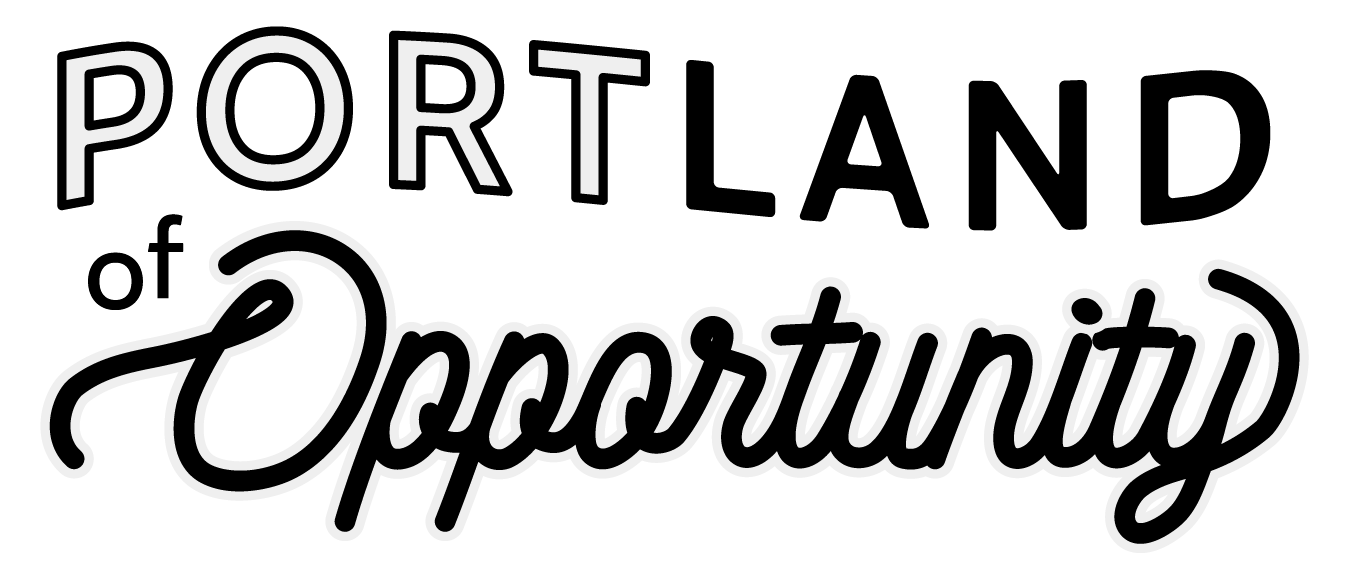Image 1
Image 2
Source: Report: Maine has large racial and gender disparities in drug-related incarceration https://mainebeacon.com/report-maine-has-large-racial-and-gender-disparities-in-drug-related-incarceration/
Image 3
local data
Maine’s profile on incarceration (data from 2010)
Vera Institute of Justice: provides nationwide data, as well a profile on Maine
The Sentencing Project Maine profile
Report: Maine has large racial and gender disparities in drug-related incarceration: “While Maine’s prison population is still overwhelmingly white and male, the findings show that Black people are more likely to be charged with a class-A felony than white people arrested for similar offenses. The number of women being prosecuted for a class-A trafficking charges has also grown exponentially…”
“Throughout every class of criminal charges, Black people in the state’s carceral system are sentenced disproportionately when compared to white people.
That disproportionality is more pronounced for more serious crimes that bear harsher punishments. For example, the analysts found that Black people, who make up one percent of Maine’s population, account for 21 percent of class-A felony drug arrests (aggravated trafficking) and 15 percent of class-B felony drug arrests (trafficking).” See Image 3.
New Muskie School report finds racial bias in Maine’s juvenile justice system: Among the key findings discovered in the report
Disproportionate minority contact is present in 5 of the 6 counties in which it can be measured (Androscoggin, Aroostook, Cumberland, Kennebec and York.)
The largest disproportionality exists for Black/African American Youth.
Disproportionality also exists for all youth of color.
Youth of color in both Androscoggin and Cumberland counties were committed to secure facilities at twice the rate of white youth.
Disproportionate minority contact in Maine cannot be explained by a difference in offense type or class.
Gateways into detention are different for white youth and youth of color.
Youth and families of color interviewed for this study expressed that youth contact with law enforcement stems from the specific factors of peer pressure, a lack of community support, troubles in school, and being targeted by the system due to their race.
Youth and families of color believe they are subjected to systemic bias and preconceived notions about them based on race, which lead to predetermined outcomes. Further, they expressed that defense counsels were inattentive and uncommunicative throughout the court process.
Youth and families of color believe that facility staff at the Long Creek Youth Development Center provides them with differential treatment and access to services based on race.
Youth and families of color offered numerous specific recommendations regarding how to improve their experience with Maine's juvenile justice system.
national data
The Sentencing Project: learn about criminal justice facts, state-by-state data, juvenile justice, felony disenfranchisement, what you can do, and more.
NAACP Criminal Justice Fact Sheet
Pew Research Center 10 things we know about race and policing in the U.S.
The Counted: People Killed by Police in the US 2015 & 2016: breaks down data by state and race/ethnicity
Mapping Police Violence: a tool that tracks the individuals killed by the police for the year of 2019. Users can break down statistics by state, gender, race, year, and more.
Vox: The anger behind the protests, explained in 4 charts: “[Referring to upper right image]Those are totals, and reminders that police killings are not just a problem suffered by black Americans — that they affect Americans of all ethnicities. But controlling for population (that is, looking at killings per million people) shows that it is black Americans who are most likely to be killed by police officers — that they are nearly twice as likely to be killed as a Latinx person and nearly three times more likely to be killed than a white person. Black Americans are also about 1.4 times more likely to be unarmed in fatal interactions with police than white Americans are (and about 1.2 times more likely to be killed unarmed than Latinx Americans).”
Number of Juvenile Offenders in Residential Placement Falls; Racial/Ethnic Gaps Persist: “Although residential placement rates declined for all racial/ethnic groups, disparities between racial/ethnic groups persist. In 2013, the residential placement rate for Black youth was 4.6 times the rate for White youth, and the rate for Hispanic youth was 1.7 times the rate for White youth. The American Indian/Alaska Native rate was 3.3 times the White rate, and the residential placement rate for Asian/Pacific Islander youth was approximately one-quarter of the rate for White youth (0.28).
The residential placement rate per 100,000 youth was also higher for Black males than for males or females of any other racial/ethnic group. Overall, Black males made up over one-third (35 percent) of all youth in residential placement in 2013. The rate of residential placement for Black males in 2013 was 804 per 100,000, which was 1.6 times the rate for American Indian/Alaska Native males, 2.7 times the rate for Hispanic males, 5 times the rate for White males, and more than 16 times the rate for Asian/Pacific Islander males.”
The History of Police in the US
Vox: How racist policing took over American cities, explained by a historian
Business Insider: Protests against police have broken out across the country. Here's how policing has evolved in the US since its beginnings in the 1600s: the origins of policing in history connects back to slavery and the systemic oppression of Black people—oppression that was encouraged, and often carried out, by formal officers.
Slavery to Mass Incarceration: Listen to the Equal Justice Initiative’s founder and Executive Director, Bryan Stevenson, speak of what is now modern day slavery: mass incarceration.






